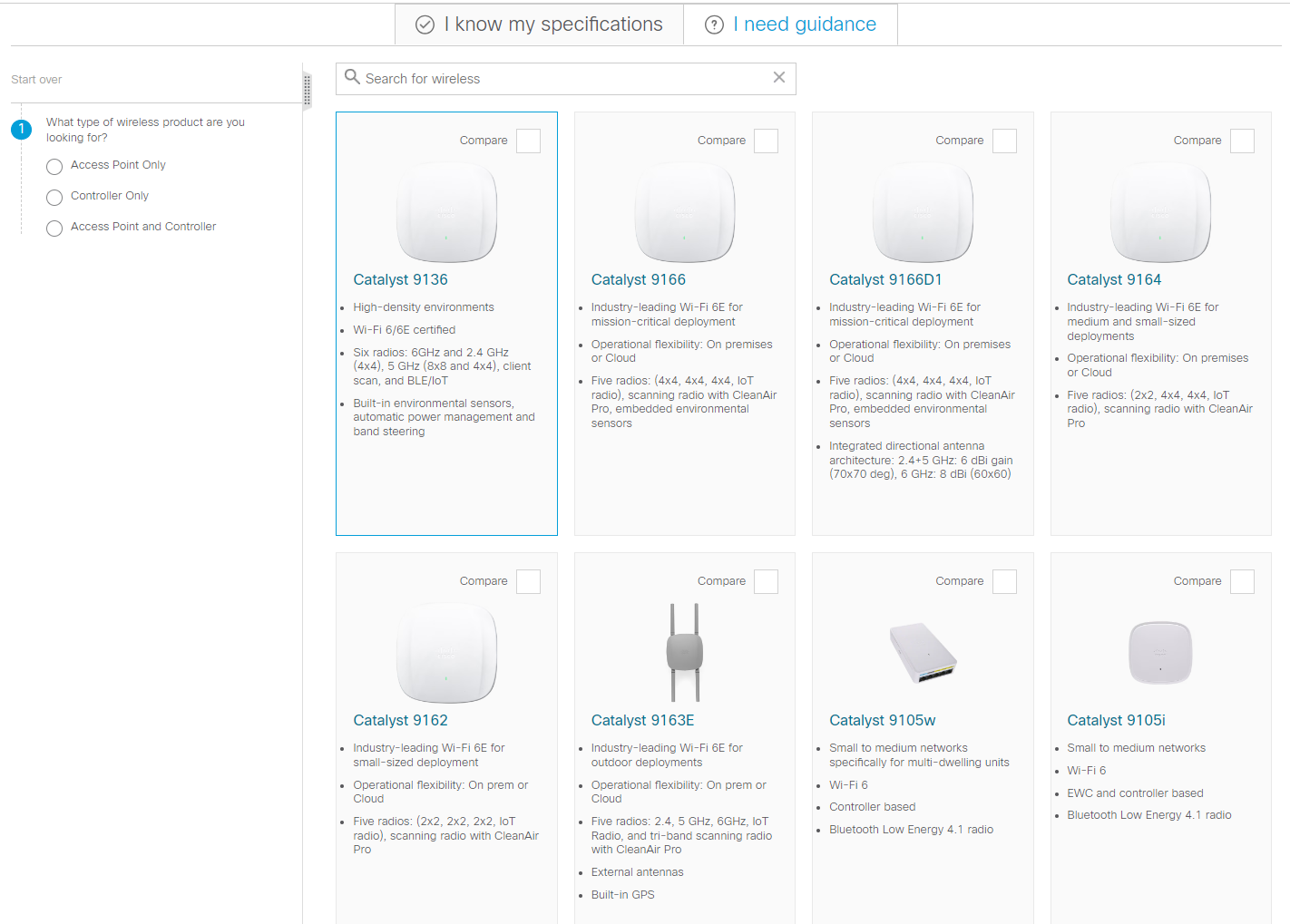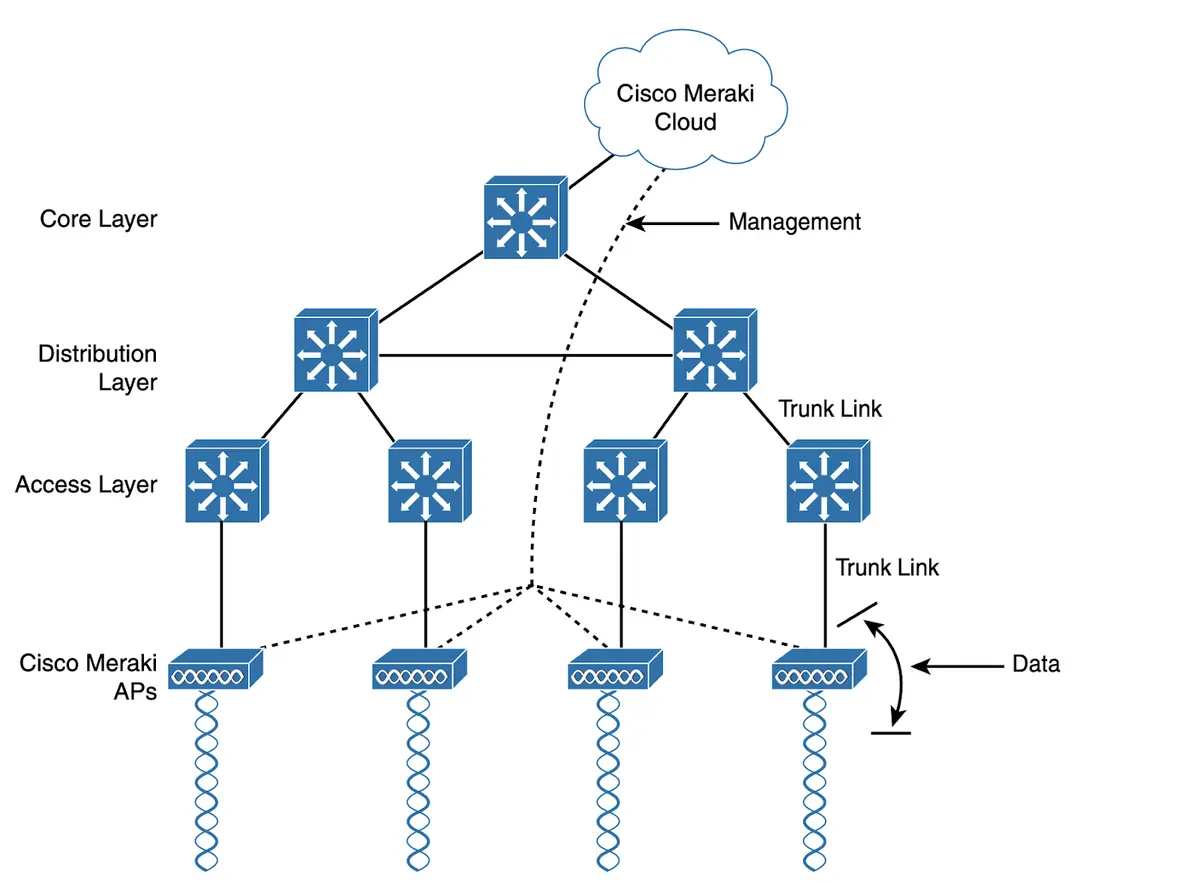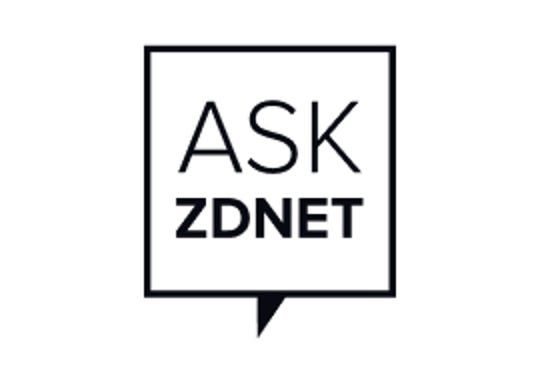































Welcome to this week's installment of Ask ZDNet, where we answer the questions that make Dear Abby's eyes glaze over.

In the mailbag this week: Why am I suddenly running out of storage in my Google account? And how can I get a decent network connection in my home office when the cable modem is at the other end of the house?
If you've got a question about any of the topics ZDNet covers, one of our team of editors and contributors probably has an answer. If they don't, we'll find an outside expert who can steer you in the right direction.
Questions can cover just about any topic that's remotely related to work and technology, including PCs and Macs, mobile devices, security and privacy, social media, home office gear, consumer electronics, business etiquette, financial advice ... well, you get the idea.
Send your questions to[email protected]. Due to the volume of submissions, we can't guarantee a personal reply, but we do promise to read every letter and respond right here to the ones that we think our readers will care about.
Ask away.
You're not alone in this complaint. Google used to offer "unlimited" photo storage (at less than full resolution), which meant you didn't have to worry about the 15 GB of storage included with your Gmail and Google Drive account. That freebie, alas, ended on June 1, 2021. Photos and videos you saved in Google Photos before that date are grandfathered in and don't count against your storage allowance, but every photo and video you've uploaded in the past year has been chewing into that allotment.
That's why people are starting to run out of storage.
To turn off those automatic uploads and reclaim some online storage space, open the Google Photos app on your phone, tap the user profile picture for your Google account in the top right corner, then tap Google Photos Settings > Back Up & Sync. Slide the Back Up & Sync switch to off. That stops all further uploads.
(Don't be alarmed if you open the Google Photos app and see pictures from your phone. The Google Photos app on the phone shows you the contents of your phone's camera roll in addition to whatever photos and videos you previously uploaded to Google's cloud.)
Personally, I think the Google One plan is worth paying for if you regularly use Google Photos, Gmail, and Google Drive. (Remember, that basic 15GB of storage is shared among those three buckets.) The entry-level Google One plan costs$20 a year for 100 GB of storage;$30 for 200 GB; and$100 for 2 TB. That storage can be shared with up to five family members.
Free and cheap personal and small business cloud storage services are everywhere. But, which one is best for you? Let's look at the top cloud storage options.
Read nowBut if you don't use Google Photos, and you don't want to give Google another dime, you can manage your photos directly from the Google Photos app on your mobile device. The process isn't exactly intuitive: Do NOT start from the Photos tab, which shows thumbnails for all the pictures on your device in addition to those in the cloud. Instead, do this from the Manage Storage page in Settings.
Open the Google Photos app and tap your user profile picture in the upper right corner. Tap Google Photos Settings > Back Up & Sync, then tap Manage Storage. That brings up the Manage Storage page shown here.
Google's AI helpfully offers to delete large photos, blurry photos, and screenshots, in addition to photos created by other apps. You can tap any of those categories and then tap Select to pick individual items to delete from the cloud. (Photos and videos that you saved before June 1, 2021, won't appear here, because they don't count against your storage allowance.)
You also can do all of this from a web browser on a desktop PC or Mac. Go to https://photos.google.com/quotamanagement to see the same categories found on the Manage Storage tab on your phone. Remember that any photo or video you delete here will also be deleted from every device you sync with Google Photos.
Having a wired network connection offers a lot of advantages when it comes to working from home. Wi-Fi is great for mobility, but a wired connection is always going to be faster and more reliable, with lower latency, all of which matters if you regularly share large files or participate in high-quality video meetings.
If you have a cable outlet in your office, there's a simple solution: Use a MoCA (Multimedia over Coax Alliance) adapter to create a direct, wired connection between devices in different rooms using the coaxial cable that's already strung throughout your home. The latest revision of this technology, MoCA 2.5, supports speeds up to 2.5 Gbps.
If your cable modem supports MoCA technology, you need a single adapter, like the Trendnet TMO-312C Ethernet Over Coax MoCA 2.5 Adapter . Connect it to the cable drop in your home office using a short run of coaxial cable, and then connect the Gigabit Ethernet port on the adapter to your home office PC or Mac using standard Cat 6/7 cable. If your cable modem doesn't support MoCA directly, you'll need a second MoCA adapter to connect via Ethernet to the gateway so that both ends can send and receive data at full speed.
In the unlikely event that you don't have a cable outlet handy, your second-best alternative (and it's a distant second) is to add networking capabilities to the existing electrical wiring in your house. For that task, you'll need a pair of power-line Ethernet adapters like the TP-Link AV1000 ; one plugs into an outlet in the office, while the other connect to an outlet near the cable modem, with Ethernet cables running from the power-line adapter to your PC and cable modem, respectively. Don't expect to get anywhere close to your full rated speed over this type of connection, but it's a worthwhile option when Wi-Fi simply can't get from Point A to Point B.
Send your questions to [email protected]. Due to the volume of submissions, we can't guarantee a personal reply, but we do promise to read every letter and respond right here to the ones that we think our readers will care about. Be sure to include a working email address in case we have follow-up questions. We promise not to use it for any other purpose.
 Горячие метки:
Наш процесс
Дом и офис
Трудовая деятельность
3. Производительность труда
Горячие метки:
Наш процесс
Дом и офис
Трудовая деятельность
3. Производительность труда